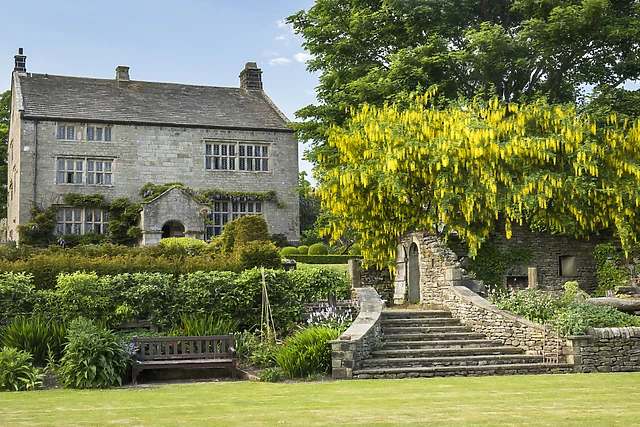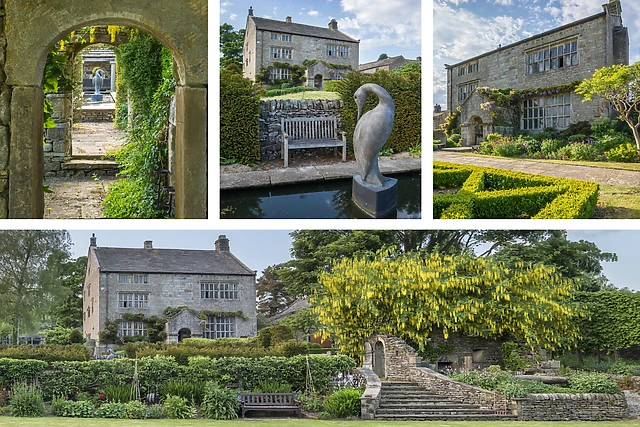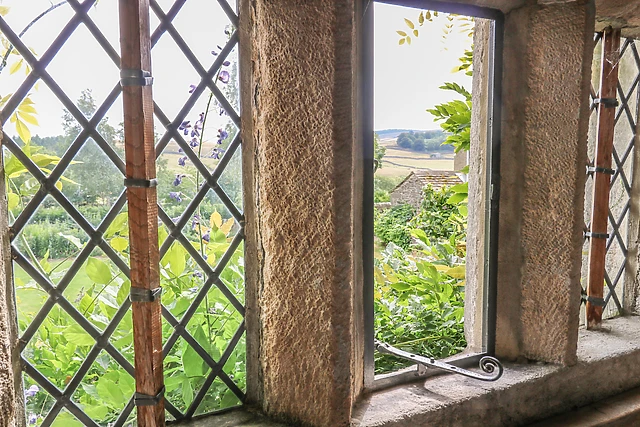 North of England
North of England
 Scotland
Scotland
 North of England
North of England
 Scotland
Scotland






A remarkable Grade II* listed country house, built around 1535, and extended later in the 16th Century by Sir William Craven, whose career is widely regarded as one of the inspirations for the story of Dick Whittington.It is set in one acre of fabulous grounds on the edge of the delightful village of Appletreewick, in the Yorkshire Dales National Park. In 1548, William Craven was born to a pauper’s family in Appletreewick, in a cottage subsequently modified to be part of St John's Chapel, directly opposite the recently constructed High Hall.The Rector of Burnsall found him an apprenticeship in London, and he travelled by draper's cart to be apprenticed to a Merchant Taylor in the City of London.
He thrived and rose through the ranks of the Merchant Taylors' Guild, and making his fortune (estimated at eight billion in current terms).He was knighted by James 1st in 1603, and finally became Lord Mayor of London in 1610. With a fondness for his roots in Appletreewick, Sir William acquired and enlarged the High Hall that had stood opposite his childhood home for his own use.He built the road bridges at Barden and Burnsall, paved the road from Appletreewick to Burnsall to ease his attendance at St.
Wilfrid's Church, paid for the Church's repairs, and built and endowed Burnsall's Grammar School, whose foundation stone still lauds his contribution. As befits a country home of this stature, High Hall exudes history, character and authenticity, and provides ideal holiday accommodation for friends and family to get away from it all and enjoy this charming and historic home - High Hall wears the cloak of history lightly, like a favourite coat rather than a formal dress uniform.
This imposing building is a real throwback to bygone days, with moulded stone copings, wood panelling, mullioned windows, flagged floors, old oak beams, original plasterwork, yet its sympathetic evolution and restoration have equipped it with every convenience expected of modern family life, whilst preserving its gentle and familiar character. Providing spacious accommodation, the ground floor offers the centrepiece of the building, the Great Hall, featuring a 16ft ceiling, a diamond-shaped stone flag floor, large stone inglenook, wood-burning stove, baby-grand piano, and enormous south-facing mullioned windows that flood the room with sunlight.Overlooking the Great Hall is the Minstrels' Gallery, a great place to sit and read and take in the storied history of this impressive yet welcoming room.

























































































